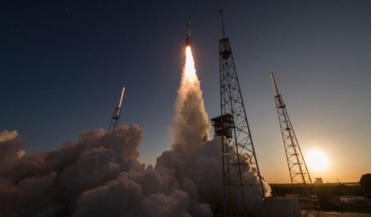 09 September 2016
OSIRIS-REx spacecraft on its way to study Bennu after successful launch Thursday
09 September 2016
OSIRIS-REx spacecraft on its way to study Bennu after successful launch Thursday
... surface to collect samples. The spacecraft is equipped with TAGSAM (Touch-and-Go Sample Acquisition Mechanism), which uses nitrogen gas puffs to lightly disturb the surface of the rock and then collect the resulting material in its...
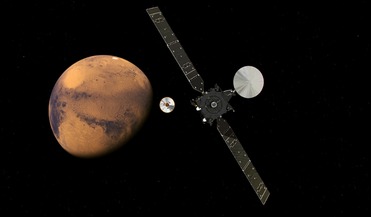 17 October 2016
ESA's ExoMars Trace Gas Orbitor positions itself ready for its planned orbit insertion on Wednesday
17 October 2016
ESA's ExoMars Trace Gas Orbitor positions itself ready for its planned orbit insertion on Wednesday
... also carries scientific instruments of its own to detect and study trace gases, such as methane, water vapour, nitrogen oxides, and acetylene that are present in very small amounts (less than 1%) in the Martian atmosphere. It will...
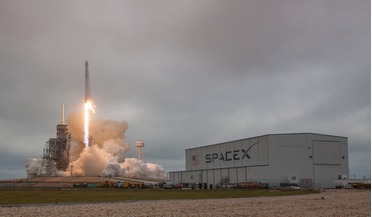 20 February 2017
SpaceX Falcon 9 successfully on its way to the ISS
20 February 2017
SpaceX Falcon 9 successfully on its way to the ISS
... to the outside of the station to make daily observations for several years to come, on the levels of aerosols, ozone, nitrogen dioxide and water vapour in the stratosphere and troposphere high above Earth. The Dragon craft is also...
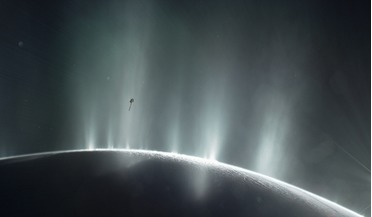 14 April 2017
Cassini finds evidence for hydrothermal vent activity on Enceladus
14 April 2017
Cassini finds evidence for hydrothermal vent activity on Enceladus
... two necessary ingredients are liquid water and the right chemical ingredients, primarily; carbon, hydrogen, oxygen, nitrogen, phosphorus and sulphur. From these current observations researchers have determined that nearly 98 percent of the gas...
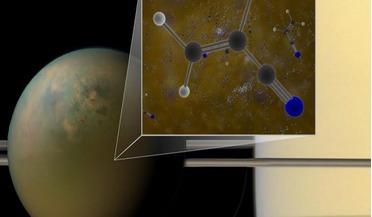 31 July 2017
Complex chemistry on Titan may form membranes
31 July 2017
Complex chemistry on Titan may form membranes
..., is one of our solar system's most curious bodies. It shares some similarities with Earth, such as a dense, nitrogen-rich atmosphere – 98.4 percent compared with Earth’s 78 percent – with a smattering of organic, carbon-based molecules, including...
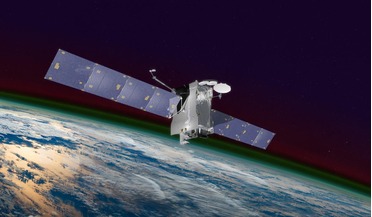 26 January 2018
NASA launches GOLD to study Earth-space boundary
26 January 2018
NASA launches GOLD to study Earth-space boundary
...ultraviolet light to determine the temperature and relative amounts of different particles, such as atomic oxygen and molecular nitrogen. It will then be able to provide a map of the Earth to reveal how atmospheric composition changes by location and...